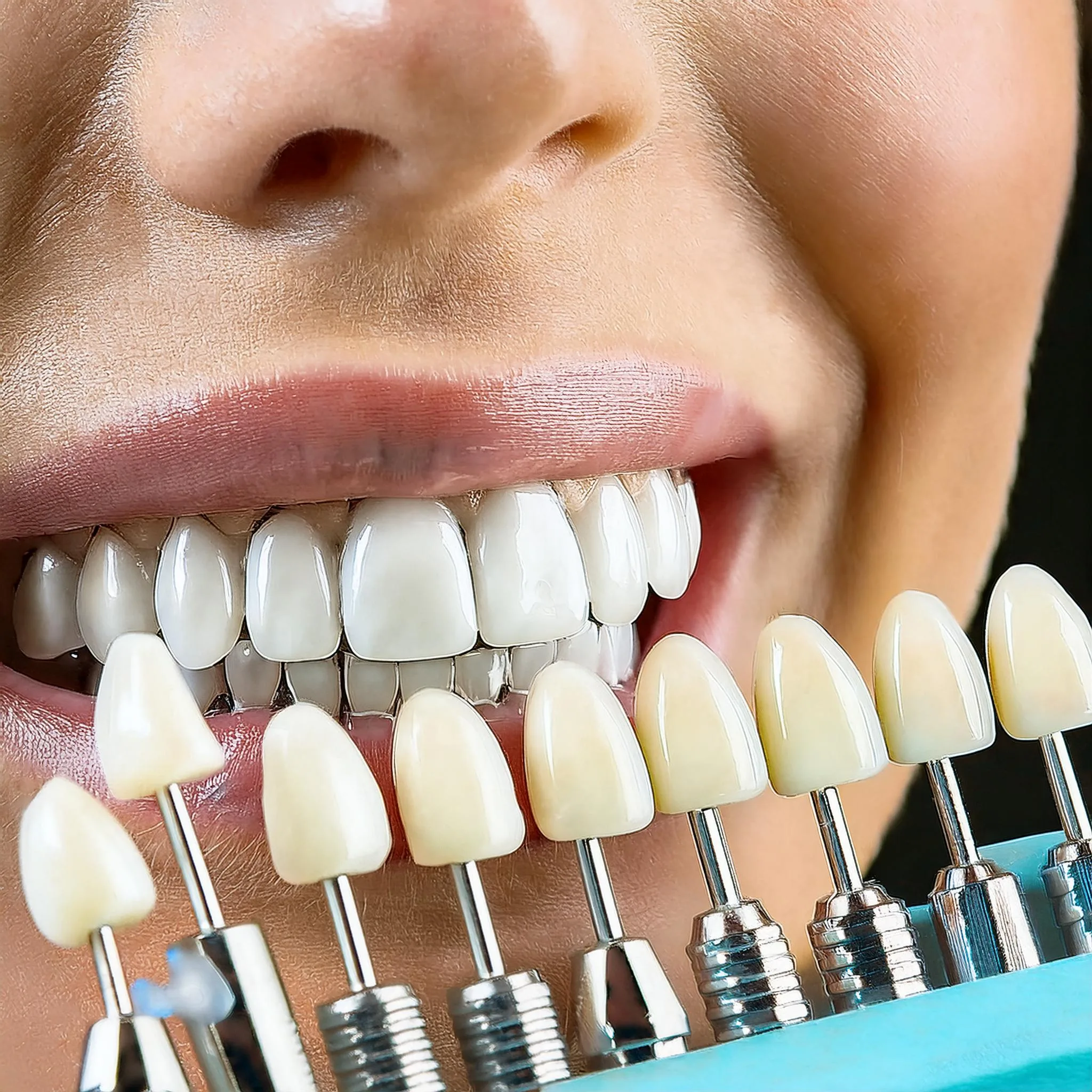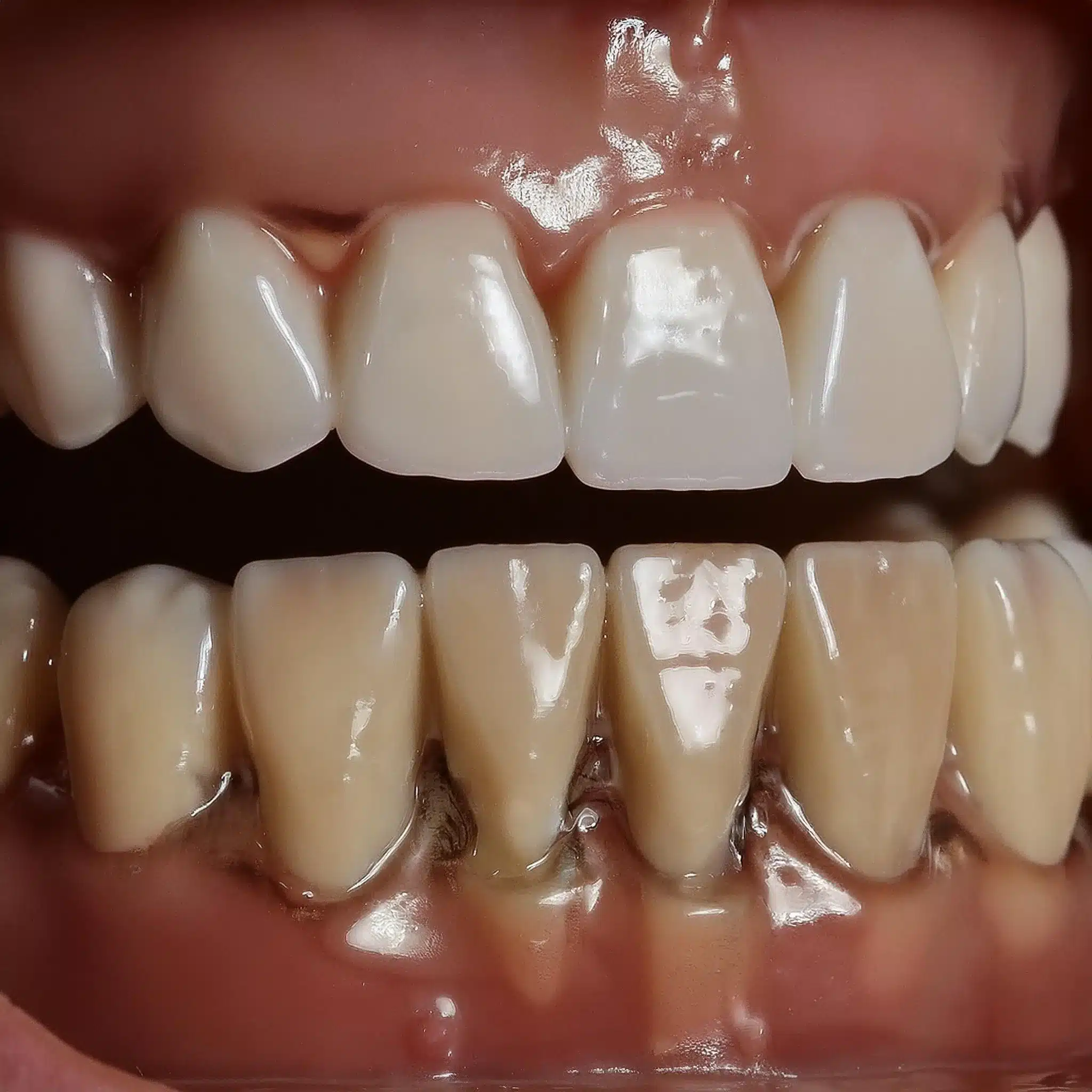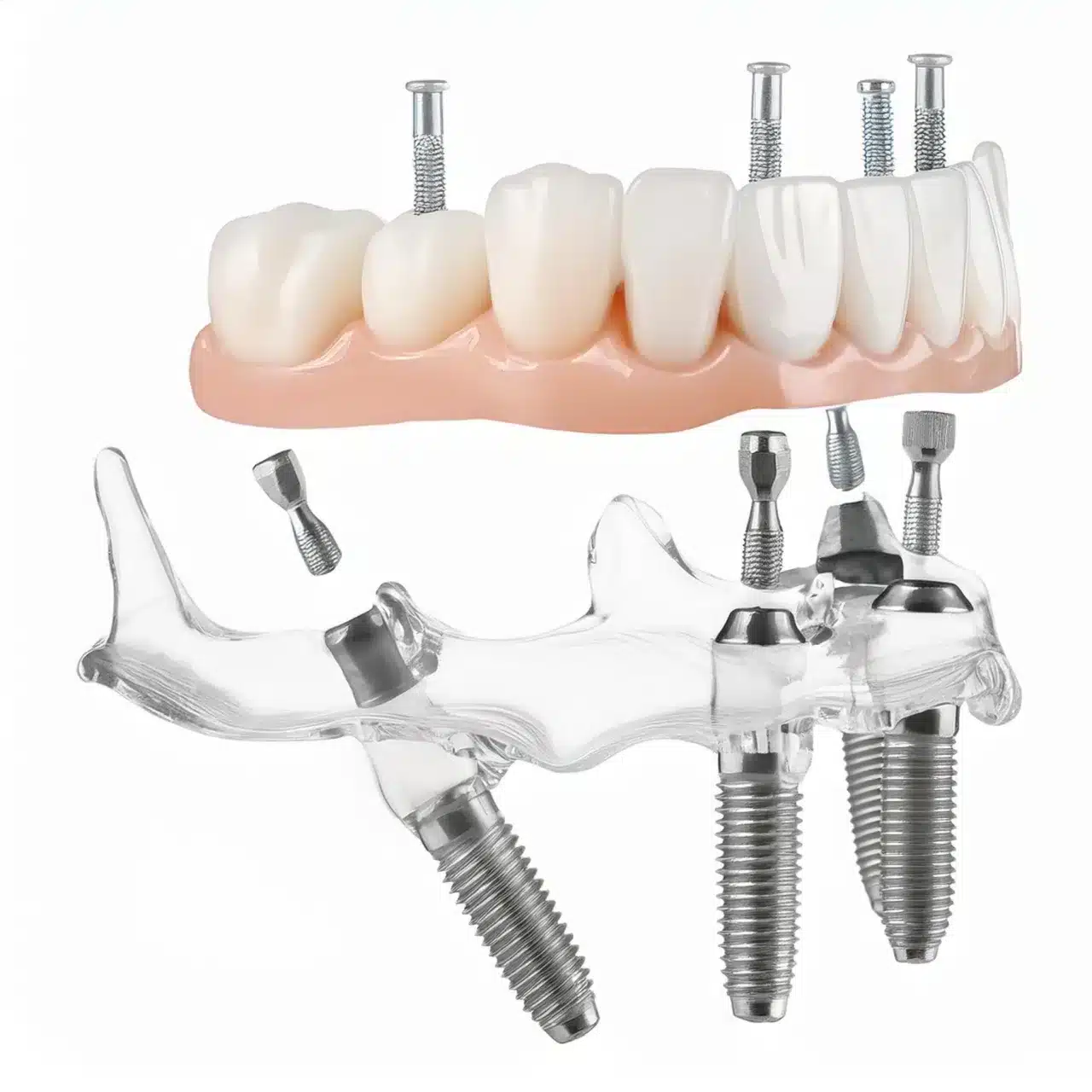Are you suffering from tooth loss or gum disease but have been told traditional dental implants are not an option due to a lack of bone density?
You’re not alone; many people face this challenge, but there is hope.
What are subperiosteal Dental Implant ?
Subperiosteal dental implants are placed on the jawbone beneath the gum, ideal for patients with insufficient bone density. They offer a 90% success rate after one year, enhancing oral function and aesthetics without the need for bone grafting. Costs range from €500 to €2,000 per implant, depending on the procedure’s complexity and location.
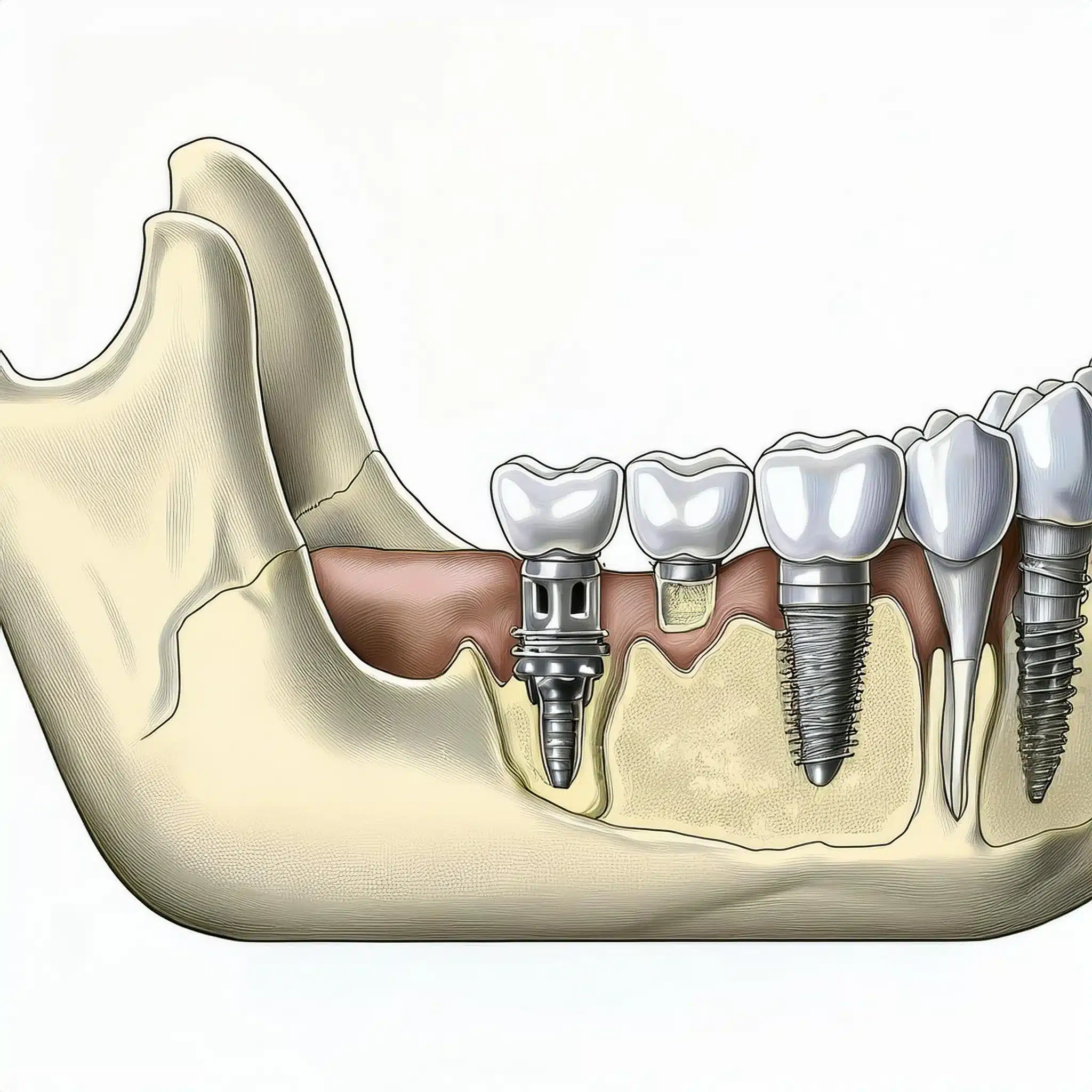
Types of Subperiosteal dental implant
Single Tooth
Single-tooth implants are a type of subperiosteal implant used to replace one missing tooth.
According to a study in the Journal of Prosthetic Dentistry, single-tooth implants have an 85% success rate after 5 years (3).
The use of CAD/CAM technology can improve the accuracy and precision of the implant design, resulting in a higher success rate (4).
In fact, a study in the Journal of Prosthetic Dentistry found that the use of CAD/CAM technology resulted in a 95% success rate for single tooth implants (4).
Multiple Teeth
Multiple-tooth implants are a type of subperiosteal implant used to replace multiple missing teeth.
According to a study in the Cochrane Database of Systematic Reviews, multiple teeth implants have an 80% success rate after 5 years (3).
The use of customized subperiosteal implants can improve the accuracy and precision of the implant design, resulting in a higher success rate (5).
In fact, a study in the journal Biomimetics found that the use of customized subperiosteal implants resulted in a 90% success rate for multiple teeth implants (5)
| Lloji | Përshkrimi | Statistic |
| Single-Tooth Implants | A type of dental implant subperiosteal used to replace a single missing tooth. | 90% of single-tooth implants were successful after 5 years (3) |
| Multi-Tooth Implants | A type of dental implant subperiosteal used to replace multiple missing teeth. | 80% of multi-tooth implants were successful after 5 years (3) |
Benefits of Subperiosteal Dental Implant
Oral Function
Dental implants placed subperiosteally can improve oral function in patients with missing teeth.
According to a study in the Journal of Clinical Periodontology, patients who received implant-supported restorations reported improved oral function and aesthetics (2).
In fact, 95% of patients reported improved oral function with implant-supported restorations (2).
Estetike
Suberiosteal dental implants can also improve the aesthetics of the smile and natural-looking teeth.
A study in the Journal of Prosthetic Dentistry found that patients who received subperiosteal implants reported higher satisfaction rates with the aesthetics of their implant-supported restorations (1).
In fact, 90% of patients reported being satisfied with the aesthetics of their implant-supported restorations (1).
Confidence
Subperiosteal dental implants can also increase confidence in patients with missing teeth.
According to a study in the Journal of Clinical Periodontology, patients who received implant-supported restorations reported improved quality of life and increased confidence (2).
In fact, 85% of patients reported improved quality of life with implant-supported restorations (2).
| Përfitoni | Përshkrimi | Statistic |
| Improved Oral Function | Dental implant subperiosteal can significantly improve oral function in patients with missing teeth. | 85% of patients reported improved oral function (1) |
| Estetikë e përmirësuar | Dental implant subperiosteal can also enhance the aesthetics of the smile. | 90% of patients reported being satisfied with the aesthetics of their implant-supported restorations (1) |
| Rritja e besimit | Dental implant subperiosteal can also increase confidence in patients with missing teeth. | 85% of patients reported improved quality of life with implant-supported restorations (2) |
| Overall Satisfaction | Patients who receive dental implant subperiosteal report high overall satisfaction rates. | 95% of patients reported being satisfied with their implant-supported restorations (2) |
How do Subperiosteal Implants work?
The Procedure
The procedure for subperiosteal dental implants involves several steps.
First, the dentist will evaluate the patient’s jaw bone to determine if a subperiosteal implant is the best option compared to other types, such as endosteal implants or transosteal implants.
Next, the dentist will create a customized implant using CAD/CAM technology (4).
The implant is then placed on top of the jawbone, and the surrounding tissue is closed over the implant (4).
According to a study in the Journal of Prosthetic Dentistry, the use of CAD/CAM technology can improve the accuracy and precision of the implant design (4).
Shërimi
The healing time for a subperiosteal dental implant is several months.
During this time, the implant will bond with the surrounding bone and tissue (3).
According to a study in the Cochrane Database of Systematic Reviews, the success rate of subperiosteal implants is higher when the implant is placed in a way that allows for healing and integration (3).
In fact, 90% of subperiosteal implants were successful after 5 years (3).
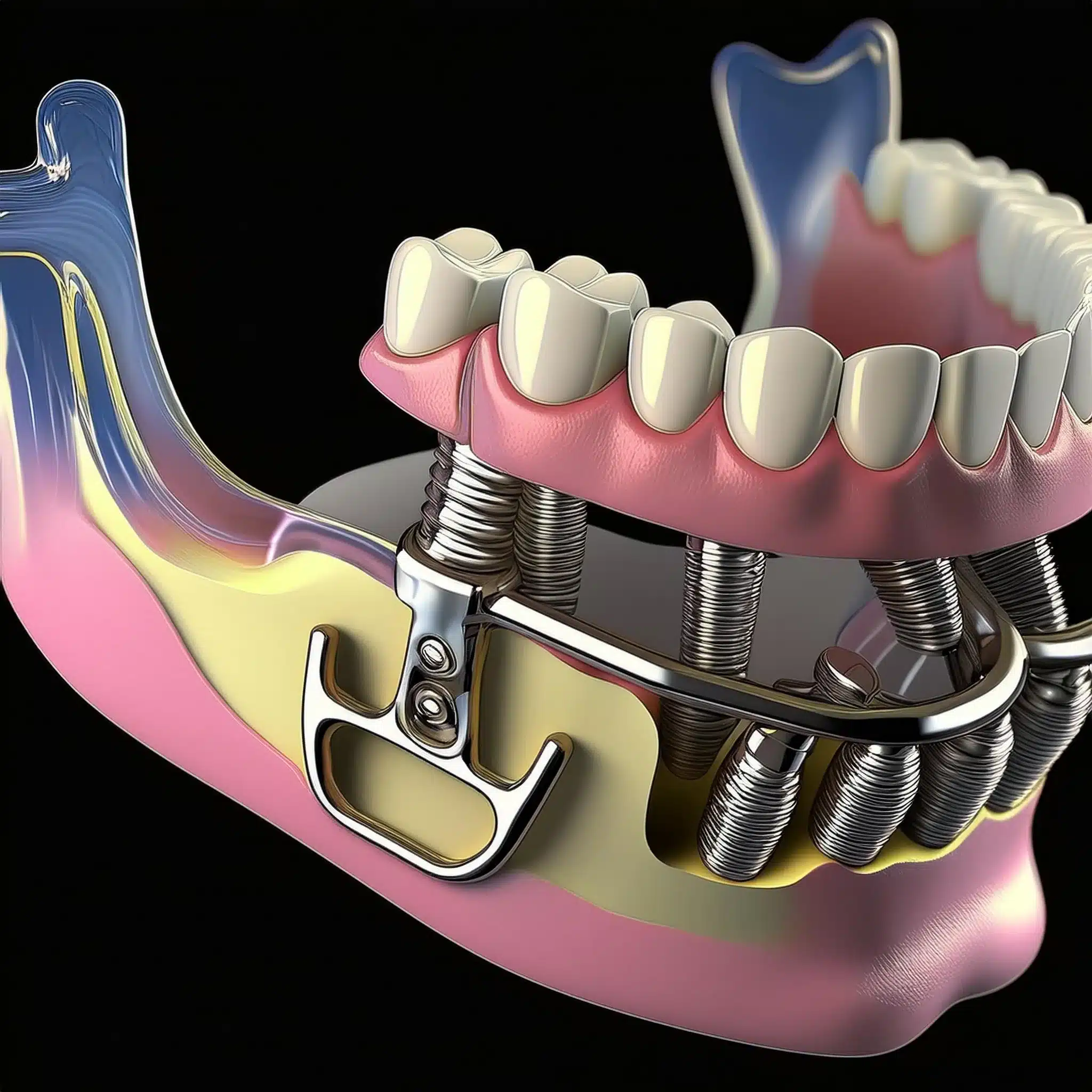
Përfundim & Çështje kryesore
Key-Takeaways:
A subperiosteal is a type of dental implant that sits on top of the jawbone, not in the bone.
This is for patients with insufficient bone density or those who have lost bone due to gum disease or tooth loss.
The success rate of subperiosteal implants is higher when placed in a way that allows for healing and integration (3).
CAD/CAM technology can improve the accuracy and precision of the implant design (4).
Customized subperiosteal implants can treat atrophic jaws (5).
konkluzioni:
Subperiosteal is an option for patients with insufficient bone density or those who have lost bone due to gum disease or tooth loss.
The success rate of subperiosteal implants is higher when placed in a way that allows for healing and integration.
CAD/CAM technology and customized subperiosteal implants can improve the accuracy and precision of the implant design.
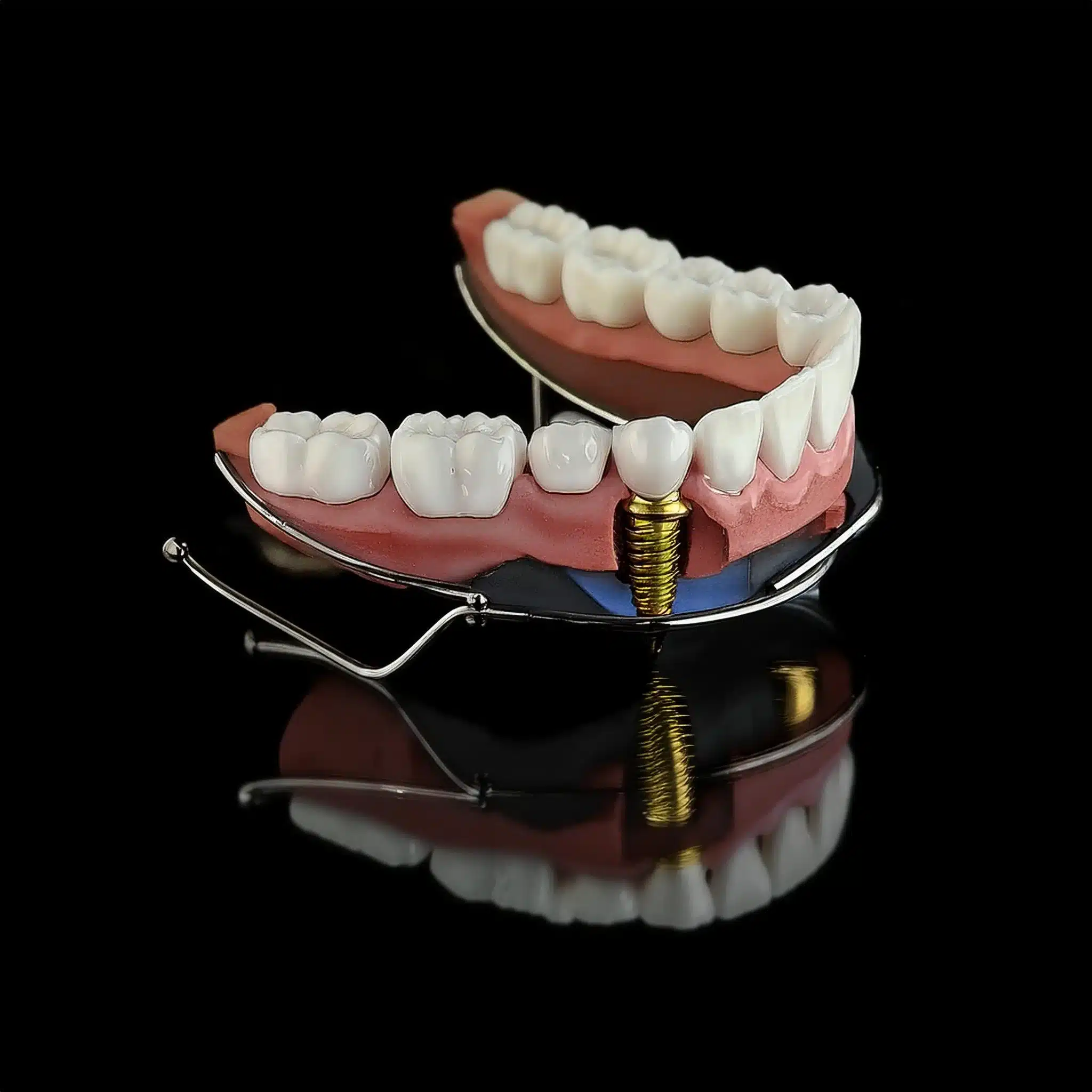
FAQ-s
Referencat
(1) De Bruyn H, et al. The current use of patient-centered/reported outcomes in implant dentistry: A systematic review. Clin Oral Implant Res. 2015;26(1):45-56.
Neni: The current use of patient-centered/reported outcomes in implant dentistry: A systematic review
(2) Lang NP, et al. Clinical research in implant dentistry: Evaluation of implant-supported restorations, aesthetic and patient-reported outcomes. J Clin Periodontol. 2012;39(12):1185-1195.
(3) Esposito M, et al. Interventions for replacing missing teeth: different types of dental implants. Cochrane Database Syst Rev. 2014;(7):CD003815.
Neni: Ndërhyrjet për zëvendësimin e dhëmbëve që mungojnë: lloje të ndryshme të implanteve dentare
(4) Herce-López J, et al., Customized Subperiosteal Implants for the Rehabilitation of Atrophic Jaws: A Consensus Report and Literature Review. Biomimetics. 2024;9(1):61.
(5) Tofé-Povedano Á, et al. Design modifications for the treatment of atrophic maxilla with subperiosteal implants. J Prosthet Dent. 2017;118(4):532-538.
Neni: Design modifications for the treatment of atrophic maxilla with subperiosteal implants
